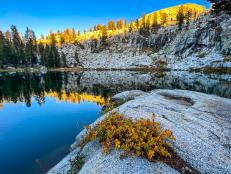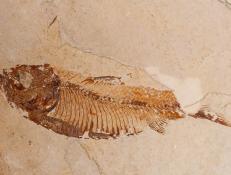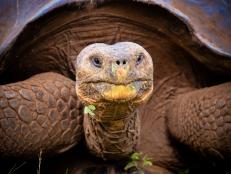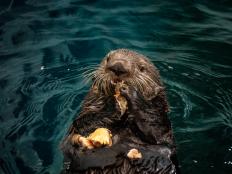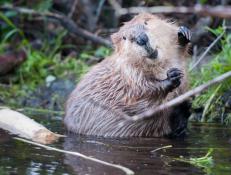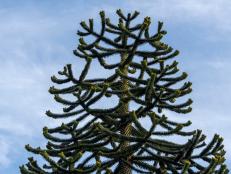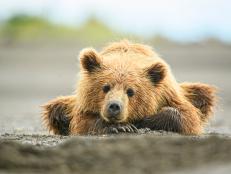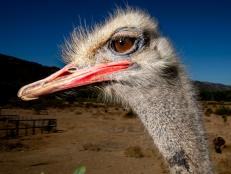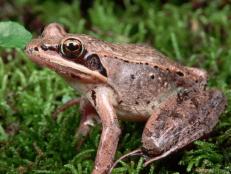All Nature Articles
Showing 1 - 15 of 320 results
Year in Review: Nature in Focus Adventures
For many years I've looked back on the year in review and thought about all of the incredible adventures I've experienced and this year is no exception.
Great Migrations
Brrrrr it’s getting cold out, the days are shorter and soon it’ll be winter! Fall means that more than 4 billion birds will stream overhead on their fall migration to warmer grounds down south, where they will feed and mate.
The Oldest Complete Fish Fossil was Discovered Thanks to Kung Fu
Back in 2019, three Chinese paleontologists were playfighting during a break from working in the Chongqing Province, China. One was kung-fu kicked into a rocky outcrop, causing rubble to tumble down and exposing an opening in the rock face. Inside, a spectacular fossil lay undisturbed, preserved for millions of years.
Photographing Sequoia National Park with a Smartphone
As a photographer, I love giving myself technical limitations.
Channel Islands: A Tale of Two Worlds
Channel Islands National Park is one of the least visited national parks in the United States, yet it is only about 20 miles from the coast of Los Angeles and the bustling surf and sand lifestyle of Southern California.
Galápagos Giant Tortoises Are Mysteriously Turning Up Dead in Ecuador
Despite the tough protections, there has been a spate of tortoises killed in recent months, and officials fear the animals have been slaughtered for their meat.
An Otterly Adorable Awareness Week
Our southern sea otters at Georgia Aquarium are furry, energetic, and (of course) adorable. They spend most of their days swimming, playing, and eating, but most importantly they inspire our guests to care for our world’s waters.
How Relocated Beavers Fight Climate Change
Relocated beavers cooled stream temperatures and restored the water levels only a year after their arrival.
Supertrees That Suck Up More Carbon Could Be Forest Climate Fix
Forestation and tree growth are perhaps the most powerful tool for reducing levels of the greenhouse gas carbon dioxide (CO2) in Earth’s atmosphere and tackling climate change. Now genetically modified (GM) ‘supertrees’ that grow faster and rapidly take up CO2 could be used to address the climate crisis.
Manatee’s Cousins Have Vanished from the Ocean
Dugongs, the peaceful ‘sea cows’ of the ocean have been declared functionally extinct in China. The vegetarian mammal has vanished from the coastlines of Asia and Africa.
Caring for Coral at Georgia Aquarium
Georgia Aquarium is home to a variety of coral species that come in an array of different shapes and colors. The coral reef wall in Georgia Aquarium’s Tropical Diver gallery is one of the largest coral walls in any aquarium. Propagation aquarists at the Aquarium cultivate and transplant live coral from a behind-the-scenes aquaculture pool to the reef wall in their Tropical Diver gallery.
The Ancient Monkey Puzzle Tree Outlasted Dinosaurs. Now It's Facing Extinction.
The monkey puzzle tree is a remnant of the Jurassic era, more than 145 million years ago, surviving way past its ancient dinosaur counterparts. Reaching heights of about 160 feet, the evergreen tree has a lifespan of up to 700 years and stiff scaly branches with rigid spiral leaves. Monkey puzzle trees’ presence in the wild is shrinking and after million years, their very existence is now endangered.
Baby Bear Takes a Trip on Hallucinogenic ‘Mad Honey’
A bear cub was rescued in Turkey after passing out from eating too much hallucinogenic honey.
Greetings from Ostrichland!
As a nature photographer, greeting card images are a major part of my business, but finding a card that catches the eye can be challenging. With tens of millions of options in the marketplace, your images need to be a unique subject matter, with vibrant colors. Also, quirky helps!
How Frogs Boost Their Sex Appeal
Male frogs form ‘boy bands’ to serenade females and woo them into their mating pool.









